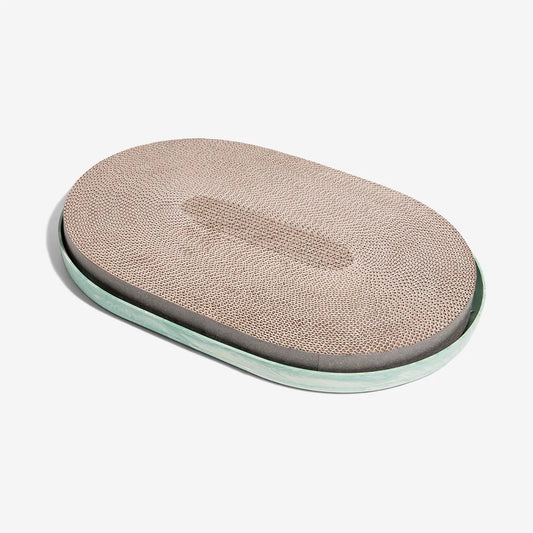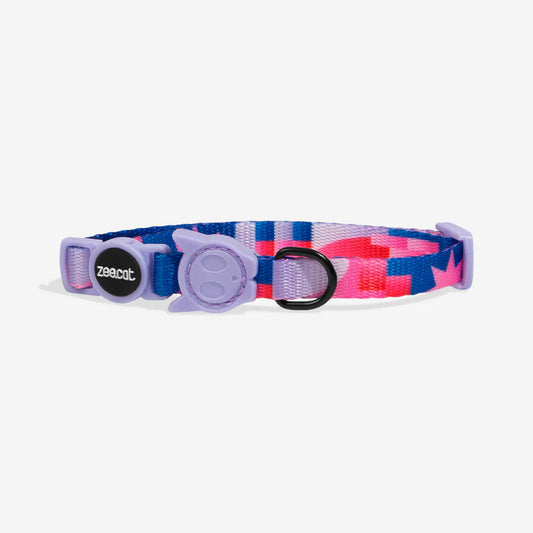Many pet owners often wonder if washing their dog's toys is necessary. Regular cleaning of dog toys not only ensures the health and safety of the pet but also prolongs the life of the toys. Toys can accumulate dirt, saliva, and bacteria over time, which can pose health risks.
Maintaining cleanliness in a pet's environment is crucial for overall well-being. Properly washing toys can help reduce allergies and prevent infections. This simple act can lead to a happier, healthier dog.
The process of cleaning dog toys is generally easy and straightforward. Understanding the right methods for different types of materials can make a significant difference in achieving optimal cleanliness without damaging the toys.
Importance of Cleanliness
Maintaining cleanliness in a dog's toys is essential for several reasons. Focusing on health benefits and behavioral considerations helps highlight why routine cleaning is necessary for both the dog and its environment.
Health Benefits
Dogs frequently interact with their toys using their mouths. This makes it important to keep these items free from germs and bacteria.
-
Prevention of Illness: Dirty toys can harbor harmful bacteria like Salmonella or E. coli. Regular washing minimizes the risk of these pathogens affecting the dog's health.
-
Allergy Management: For dogs with allergies or sensitivities, unclean toys can exacerbate issues. Washing toys can remove allergens like dust, pollen, and mold.
-
Parasite Control: Fleas and ticks can sometimes find their way onto toys. Keeping them clean can help reduce the chances of infestations.
Routine cleaning contributes significantly to a dog's overall well-being. A few minutes devoted to cleaning can lead to a healthier, happier pet.
Behavioral Considerations
In addition to health, cleanliness also impacts a dog's behavior. A clean environment promotes positive interactions with toys.
-
Encouragement of Play: Dogs are more likely to engage with toys that smell fresh and clean. This encourages physical activity, which is crucial for their mental and physical health.
-
Reduction of Stress: Dogs may feel more comfortable and safe when their belongings are clean. A cluttered, dirty space can lead to anxiety.
-
Training Opportunities: Keeping toys clean can aid in training. Dogs can learn quicker if their toys are associated with positive experiences, rather than unpleasant ones.
A consistent cleaning routine fosters a favorable atmosphere for both behavioral improvement and a more enjoyable playtime experience.
Cleaning Techniques
Maintaining clean dog toys is essential for the health of pets and the longevity of the toys. Different methods can be employed, depending on the material and type of toy involved.
Hand Washing Methods
For toys that are delicate or made of materials like fabric or rubber, hand washing is often the best approach.
-
Materials Needed:
- Mild detergent or pet-safe soap
- Warm water
- Scrub brush or cloth
- Rinse bucket
-
Steps:
- Mix a solution of warm water and a small amount of detergent.
- Soak the toy in the soapy water for a few minutes.
- Scrub the surface gently, using a brush or cloth to remove any dirt or grime.
- Rinse thoroughly with clean water to ensure no soap residue remains.
- Dry completely before giving it back to the dog.
This method is effective for toys that can’t withstand high heat or agitating cycles.
Machine Washing Tips
For toys that are durable and labeled as machine-washable, using a washing machine can save time.
-
Preparation:
- Check the label to ensure the toy can be machine washed.
- Remove any parts that might not hold up, such as squeakers.
-
Steps:
- Place the toy in a mesh laundry bag to protect it.
- Use a gentle cycle and cold water.
- Opt for a mild detergent to avoid harsh chemicals.
- After washing, air dry instead of using a dryer to prevent damage.
Machine washing can help eliminate bacteria and odors, making toys safe for pets to use again.
Choosing Appropriate Toys
Selecting the right toys for dogs involves careful consideration of materials and durability. Making informed choices ensures the toys are safe and suitable for the dog’s play style and chewing habits.
Material Considerations
The materials used in dog toys significantly impact their safety and longevity. Common materials include rubber, nylon, and cotton.
- Rubber: Durable and usually safe, rubber toys are often designed for tough chewers. High-quality options are available that are free of harmful chemicals.
- Nylon: These toys are tough and withstand aggressive chewing. However, owners should monitor for wear, as small pieces can break off.
- Cotton: Soft and generally safe, cotton toys are great for lighter chewers. They can be machine washed, which is beneficial for hygiene.
Always check for FDA-approved materials to ensure a safe play environment for the dog.
Durability and Safety
Durability is essential for maximizing the lifespan of dog toys, especially for those that chew aggressively. Owners should select toys based on their dog’s chewing behavior.
- Soft Toys: Ideal for gentle chewers, these toys may not last long but can provide comfort and companionship.
- Hard Toys: Suitable for vigorous chewers, hard toys often last longer but should be selected with caution to prevent dental issues.
- Squeaky Toys: Popular among dogs, squeaky toys are engaging but may not be durable. They should be regularly inspected for damage.
Always prioritize safety by regularly checking toys for wear and replacing them if needed.

























